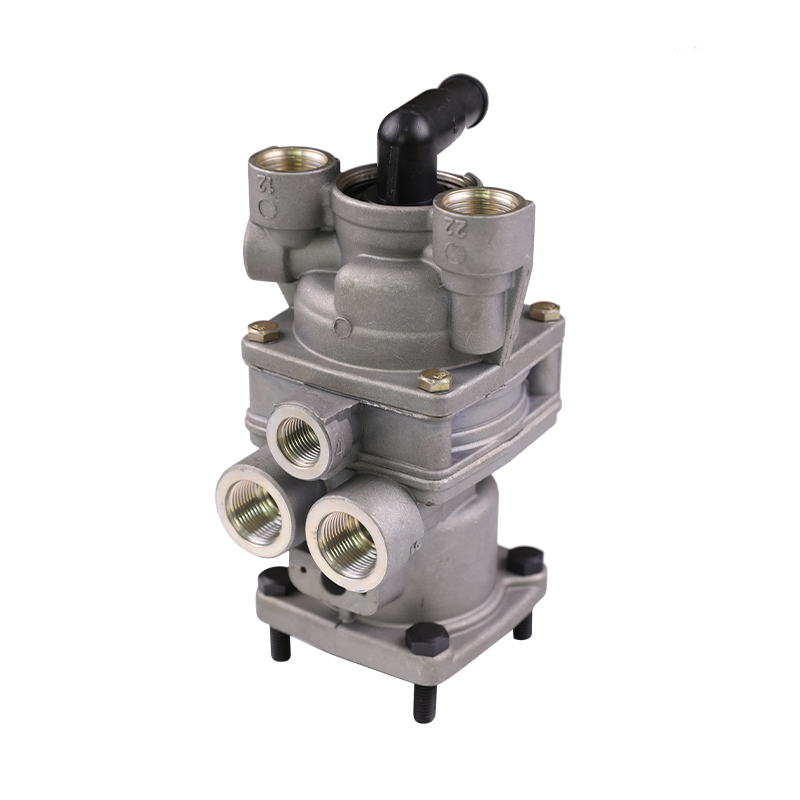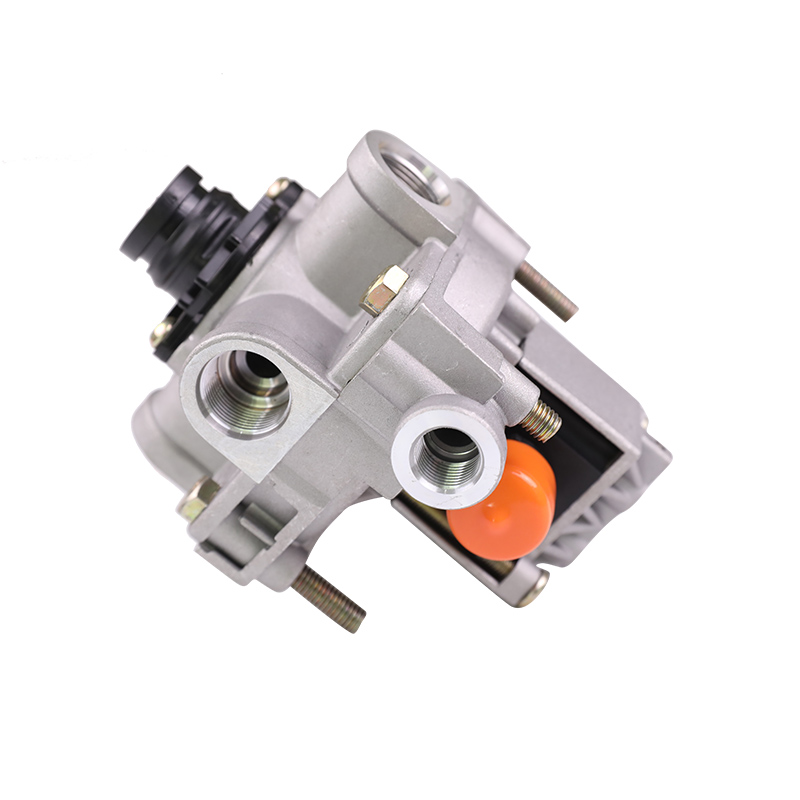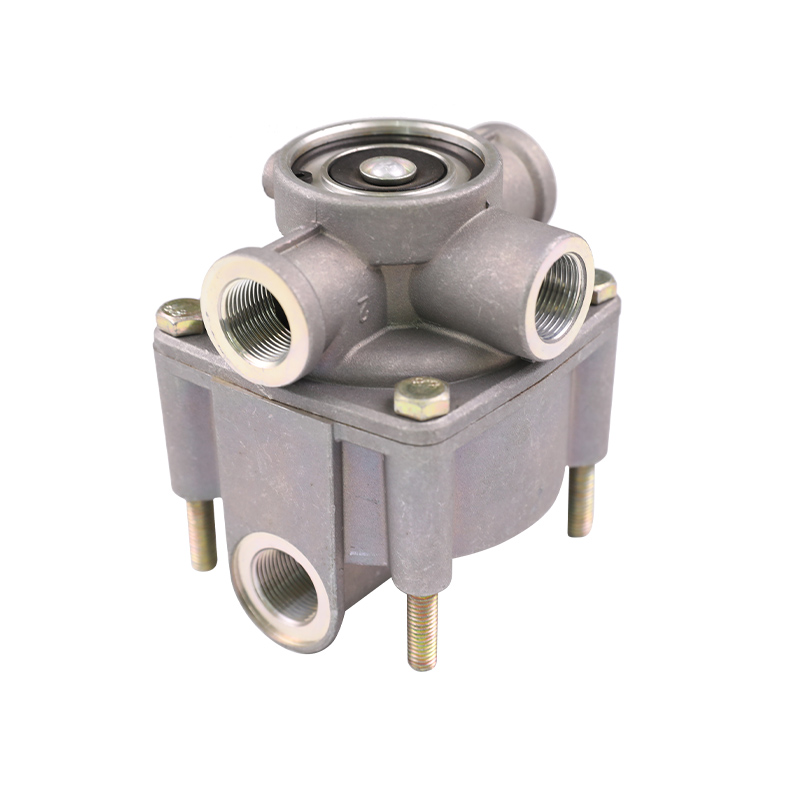If your tractor does not have an indicator light on the dashboard, the driver will have to use his or her kinesthetic sense to gauge the amount of braking pressure. A tractor's foot brake valve is a simple piece of equipment that provides feedback to drivers in the form of pressure on the pedal. However, the feedback it provides is not proportional to the amount of braking pressure. As such, it is essential for drivers to understand their tractor's braking capabilities and the capabilities of their equipment.
Application air is being directed through the two-way check valve
When the tractor is in motion, air flows from the primary reservoir to the secondary reservoir via a foot-brake valve. This valve is located near the steering column and senses both primary and secondary supply pressure. During normal operation, the valve allows the dominant pressure to actuate the trailer brakes and activate the parking brake switch. This enables both units to brake quickly and safely.
The application air is being directed through the two-way-check valve in the foot-brake valve, which controls the amount of brake pressure applied to the wheels. Low crack pressure can result in wheel lock-up and trailer pushing. High crack pressure results in delayed application and insufficient braking. A quick release valve (14), positioned near the foot-brake valve, helps to quickly exhaust brake actuation air near the wheels.
Air from the parking-control valve prevents air-loss from only one braking circuit from causing the spring brakes to automatically apply
Dual parking control valves are a safety feature on many vehicles. They automatically apply the spring brakes when the air pressure in the main braking circuit is lost. Some vehicles also have an air tank separate from the main braking system, which allows the driver to release the spring brakes in an emergency. The air pressure in these tanks must be above 85 psi in order for the spring brakes to automatically apply.

The air brake device is an electronic component that allows the air to flow in one direction. A check valve must be located between the compressor and the first reservoir to prevent air from leaking out of the system if the compressor develops a leak. This check valve is part of the basic seven-step inspection procedure for the parking brake.
Air pressure drops when application air is vented
Tractor brakes are sensitive to changes in pressure, and a reduced pressure will make the brakes less effective. When applying brake pressure, it is important to maintain a positive pressure in the application air. In addition, a trailer air braking system should also have sufficient air pressure to operate while towing a trailer. This is one of the most important safety features of a trailer air brake system.
The system includes a compressor to supply air to the reservoirs. Two separate valving mechanisms deliver air to the brake chambers. The application air is ported or modulated to service pressure before leaving the valve outlet. The air in the primary service tank is vented to the tractor foot brake valve, while the air from the secondary service tank is reclaimed by the reservoir. The two systems work in parallel to ensure the correct operation of the tractor foot brake valve.
Keeping slack adjusters greased
Keeping slack adjusters grease-free is essential for the proper operation of your tractor's foot brake valve. Over time, the slack adjusters can develop clay-like grease that can affect the braking stroke and may even cause the vehicle to break out of stroke regulations. Keeping slack adjusters grease-free can be as simple as checking the slack adjusters at each brake shoe change.
In addition to checking the slack adjusters, you should also check for cracks and wear on the friction blocks. If the friction blocks are brittle, you may want to replace them. Camshaft bushings should also be checked, and follow brake manufacturer's guidelines. Keeping slack adjusters grease-free on tractor foot brake valves will also prevent rust and other complications.
The automatic slack adjusters are important to maintain the safety of your tractor's foot brake. Automatic adjusters are supposed to adjust themselves during full applications, but they can get out of adjustment and cause the tractor to lose control of the brake. Manual adjustment is dangerous and can mask the mechanical issue. If you suspect your tractor's foot brake valve is malfunctioning, grease it immediately.






